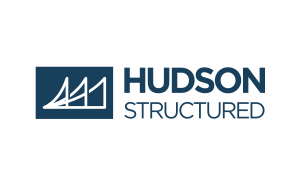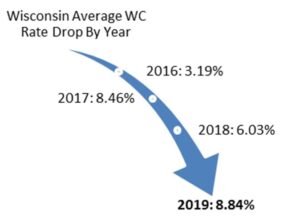How to Navigate Insurance Implications When Remodeling

With today’s housing market creating supply and affordability challenges, remodeling has become very popular. There are plenty of details to consider in the remodeling process. However, there is one detail that many people overlook: insurance implications.
A typical homeowners policy covers the owner for covered losses incurred during the normal course of owning and living in the home. Once that home becomes a construction zone, the typical policy coverage has limitations that can cause the owner both financial and emotional grief if a loss occurs during the process.
When remodeling your home, it’s easy to get wrapped up in design choices and construction details, but it’s crucial not to overlook the insurance implications. Here are some key considerations to keep in mind:
1. Notify Your Insurance Company
Early Notification: Inform your insurance company before starting any major renovations. This ensures that your policy remains valid and that you’re covered for potential issues that may arise during the renovation process.
Scope of Work: Provide detailed information about the extent of the renovation. This helps the insurer understand any increased risks and adjust your policy accordingly. Also, it provides them an opportunity to explain the limitations of coverage during construction.
2. Review Coverage Limits and Exclusions
Policy Limits: Check if your current policy limits are adequate for the increased value of your home after renovations. An increase in home value usually requires an update in coverage limits.
Exclusions and Limitations: Be aware of any exclusions related to construction or renovation work. Some policies might have specific exclusions for damage occurring during renovations or might limit coverage for certain types of work.
3. Consider Builder’s Risk Insurance
Specialized Coverage: For significant remodels, builder’s risk insurance (also known as course of construction insurance) might be necessary. This policy covers damage to the property during the renovation period and often provides broader coverage than a standard homeowners policy. Theft of materials used during construction, which is the number one loss incurred during construction, is typically covered by a Builders Risk policy.
4. Understand Vacancy Clauses
Occupancy Status: If your renovation work means that you cannot live in the home, check the vacancy clause in your policy. Many policies have restrictions on coverage if the home is unoccupied for an extended period.
5. Protect Your Property and Liability
Property Protection: Ensure that your policy provides adequate coverage for potential damage to the property, whether it’s from accidental damage during construction or other unforeseen events.
Liability Coverage: Verify that your liability coverage is sufficient in case of accidents involving contractors or visitors to the site.
6. Document Everything
Before and After Photos: Keep detailed records of the property’s condition before and after the renovation. This can be helpful if you need to file a claim related to the renovation.
7. Consult with Your Insurance Advisor
Expert Advice: Although this should be the first bullet point, discuss your remodeling plans with your insurance advisor to ensure that all aspects of your policy are addressed. They can provide guidance on adjusting your coverage and any additional insurance needs.
By addressing these insurance considerations, you can focus on the excitement of remodeling while safeguarding your investment and avoiding unexpected setbacks.





